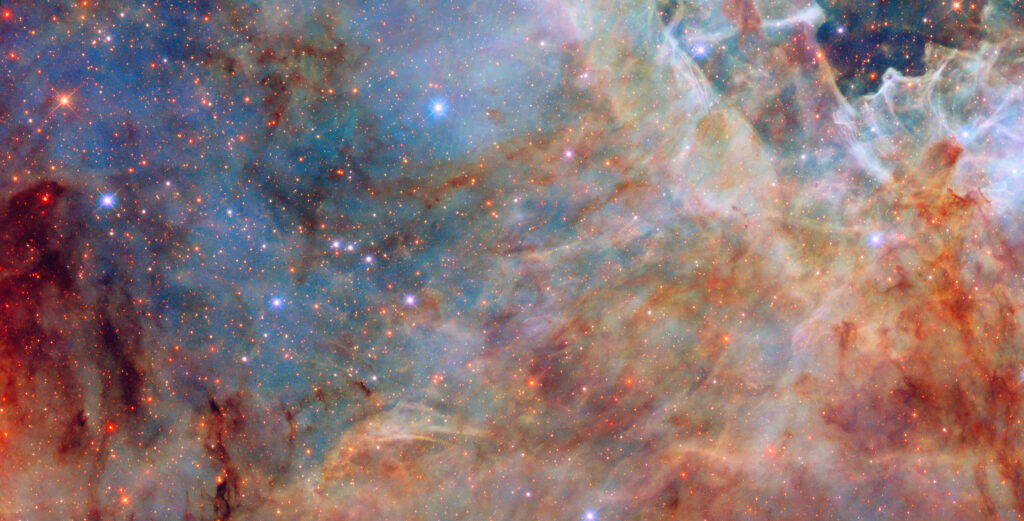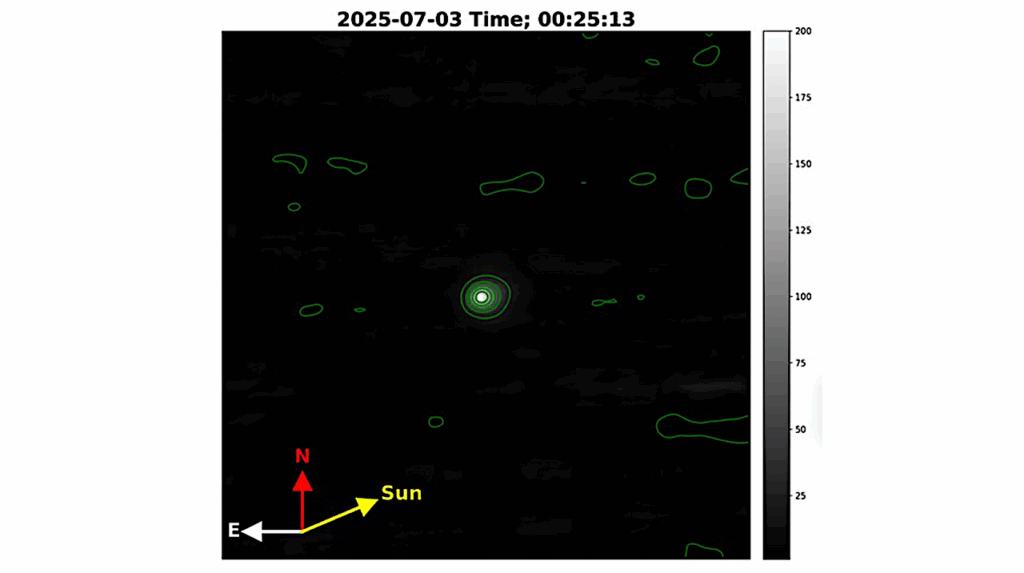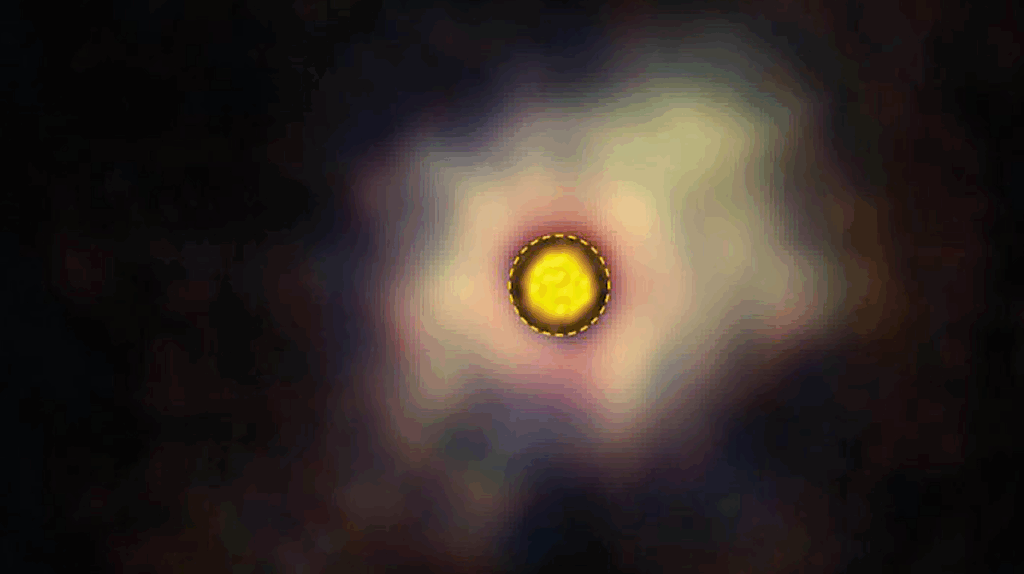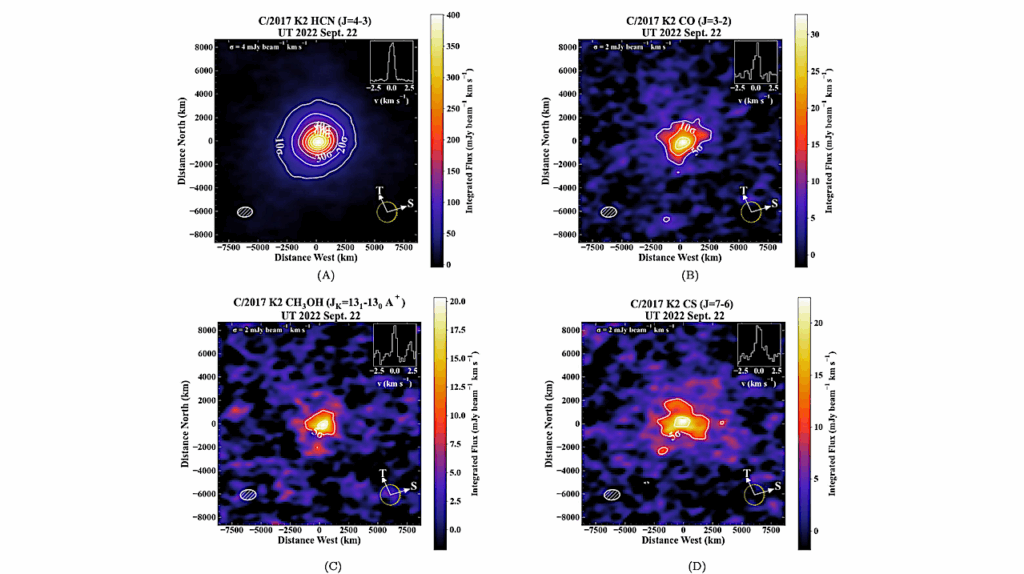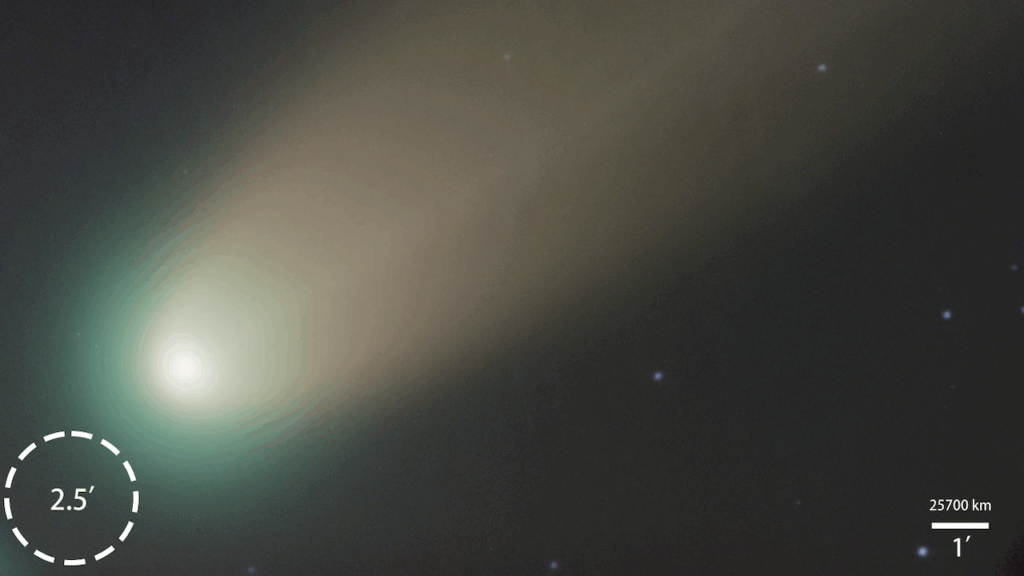The Role of Terahertz and Far-IR Spectroscopy in Understanding the Formation and Evolution of Interstellar Prebiotic Molecules

Stellar systems are often formed through the collapse of dense molecular clouds which, in turn, return copious amounts of atomic and molecular material to the interstellar medium. An in-depth understanding of chemical evolution during this cyclic interaction between the stars and the interstellar medium is at the heart of astrochemistry.
Systematic chemical composition changes as interstellar clouds evolve from the diffuse stage to dense, quiescent molecular clouds to star-forming regions and proto-planetary disks further enrich the molecular diversity leading to the evolution of ever more complex molecules. In particular, the icy mantles formed on interstellar dust grains and their irradiation are thought to be the origin of many of the observed molecules, including those that are deemed to be prebiotic; that is those molecules necessary for the origin of life.
This review will discuss both observational (e.g., ALMA, SOFIA, Herschel) and laboratory investigations using millimeter, submillimeter, and terahertz and far-IR (THz/F-IR) spectroscopies and the role that they play in contributing to our understanding of the formation of prebiotic molecules. Mid-IR spectroscopy has typically been the primary tool used in laboratory studies.
However, THz/F-IR spectroscopy offers an additional and complementary approach in that it provides the ability to investigate intermolecular interactions compared to the intramolecular modes available in the mid-IR. THz/F-IR spectroscopy is still somewhat under-utilized, but with the additional capability it brings, its popularity is likely to significantly increase in the near future.
This review will discuss the strengths and limitations of such methods, and will also provide some suggestions on future research areas that should be pursued in the coming decade exploiting both space-borne and laboratory facilities.
Duncan V. Mifsud, Perry A. Hailey, Alejandra Traspas Muina, Olivier Auriacombe, Sergio Ioppolo, Nigel J. Mason
Comments: Submitted for publication in Frontiers in Astronomy and Space Science
Subjects: Astrophysics of Galaxies (astro-ph.GA); Earth and Planetary Astrophysics (astro-ph.EP); Instrumentation and Methods for Astrophysics (astro-ph.IM)
Cite as: arXiv:2108.05153 [astro-ph.GA] (or arXiv:2108.05153v1 [astro-ph.GA] for this version)
Submission history
From: Duncan V. Mifsud
[v1] Wed, 11 Aug 2021 10:57:47 UTC (568 KB)
https://arxiv.org/abs/2108.05153
Astrobiology, Astrochemistry



